Egon Schiele utilized graphic elements as his primary art form, which he appreciated for its immediacy of expression. As in his work “Seated Woman with Legs Drawn Up”, he often combined graphical elements with gouacheGouache is a painting medium similar to watercolor but with a higher pigment content, resulting in a more opaque and vibrant finish. Known for its versatility and rich texture, gouache is favored by artists for its ability to create both detailed illustrations and bold, expressive works. Historical Background Gouache has a long history, used by artists and illustrators across various More or watercolour, emphasising contour and linearity through monochromatic colour usage. He created some 3,000 drawings over the course of his short career.
Where is the picture “Seated Woman with Legs Drawn Up“ today?
The original picture of “Seated Woman with Legs Drawn Up” is on permanent display at the National Gallery, Prague.
What’s in it?
In “Seated Woman with Legs Drawn Up” Schiele depicts his model sitting casually on the floor, resting her cheek on her knee, clutching her ankle with both hands. Her red hair appears tousled and unkempt, loosely tied together behind her head, contrasting with the vibrant green of her loosely fitted shirt. She confronts the viewer with an intense, almost reproachful glance. Art historians disagree if it is a portrait of Edith Schiele, Egon Schiele’s wife, or his Edith’s sister, Adele Harms, who also served as a model for him.
What’s the context?
In 1917 when paintingPainting is a fundamental form of visual art that has been practiced for thousands of years. It involves applying pigment to a surface such as canvas, paper, or a wall. Painting can be explored through various styles, techniques, and mediums, each offering unique possibilities for expression and creativity. Historical Background • Ancient Beginnings: The history of painting dates back to More “Seated Woman with Legs Drawn Up”, Schiele had just arrived back in Vienna after his military service during the First World War. He could now fully focus on his artistic career and his output was prolific. At the 49th exhibition of the Vienna Secessionists in Vienna in 1918, Schiele could exhibit 50 of his works in the main hall. He further designed a poster for the exhibition showcasing himself as Christ among the apostles of the Last Supper. The show was a great success for Schiele, increasing the prices for his artwork.
Chatter and Prattle
Egon SchieleAustrian painter Egon Schiele (1890 – 1918) was one of the leading figures of Austrian Expressionism. He is famous for his fluid drawing style depicting twisted and distorted bodies and raw sexuality. As early as in his teenage years, his formidable talents fully matured as a protégé of Gustav Klimt. In 1907, Klimt had become Egon’s mentor and they developed More – Facts:
- Despite strong opposition from the protestant Harms family, Schiele and Edith Harms married in June 1915.
- Schiele had a strong affinity for paintingPainting is a fundamental form of visual art that has been practiced for thousands of years. It involves applying pigment to a surface such as canvas, paper, or a wall. Painting can be explored through various styles, techniques, and mediums, each offering unique possibilities for expression and creativity. Historical Background • Ancient Beginnings: The history of painting dates back to More slender women. He claimed himself, that in only 8 months he had over 180 different women, many of them Viennese prostitutes, posing for him in his studio. After getting married, he initially confined himself to working only with Edith as a model, making his style become more naturalistic, perhaps a consequence of the tenderness and intimacy he shared with her. However, he soon asked her sister Adele to model for him, since Edith’s body had changed, and she was no longer as thin and fragile as Schiele liked his models. Adele later claimed that her relationship with Schiele was not as chaste as it would have been appropriate.
- When Edith was six months pregnant, she succumbed to the Spanish flu pandemic in the autumn of 1918. Schiele died only three days after his wife when he was only 28 years old. Schiele kept drawingDrawing is a foundational art form that involves creating images on a surface, typically paper, using tools such as pencils, pens, and charcoal. It is a versatile medium that allows artists to express ideas, emotions, and stories through lines, shapes, and shading. Historical Background • Prehistoric Beginnings: The earliest known drawings date back to prehistoric times, with cave drawings found More even in these last few days.
Do you want to comment on this text or add information? We would like to hear from you.
Recommended Reading:
This article may contain compensated links. Please read Disclaimer for more info. As an Amazon Associate, I earn from qualifying purchases.
Jane Kallir (2003): Egon Schiele: Drawings and Watercolors
Tobias G. Natter (2020): Egon Schiele. The Paintings. 40th Anniversary Edition
Rudolf Leopold et al. (2017): Egon Schiele: Masterpieces from the Leopold Museum
James Dempsey et al. (2018): Obsession: Nudes by Klimt, Schiele, and Picasso from the Scofield Thayer Collection
Agnes Husslein-Arco et al. (2011): Egon Schiele: Self-portraits and Portraits


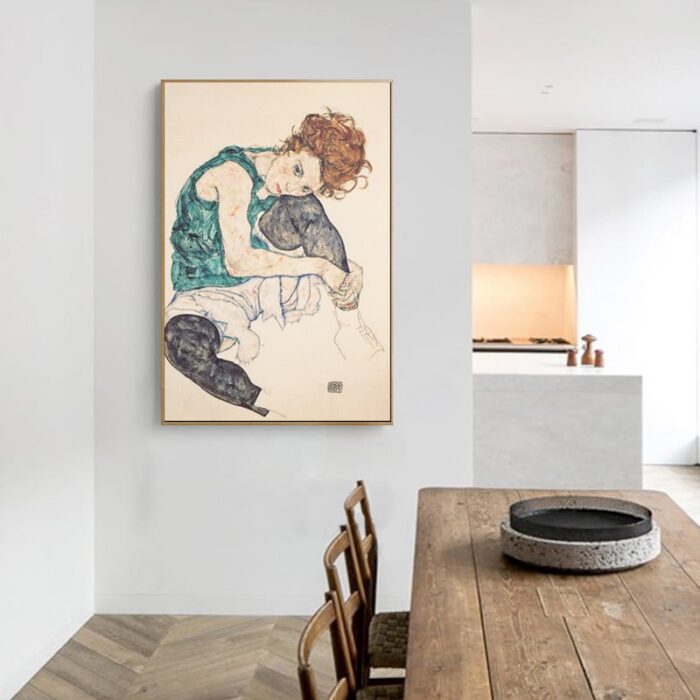
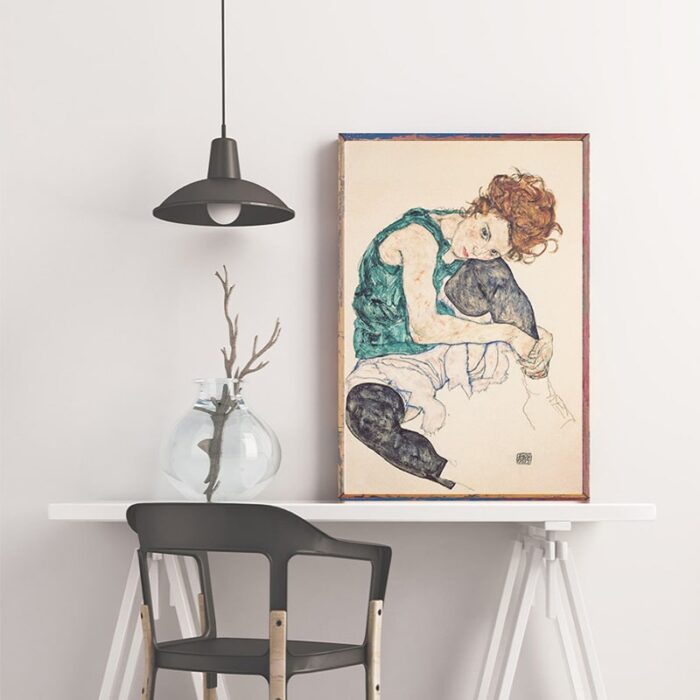

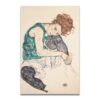

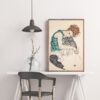
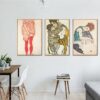
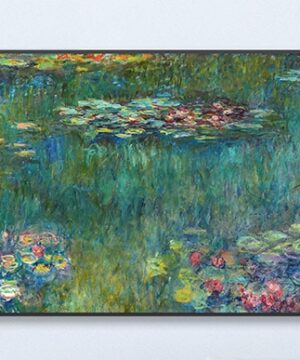
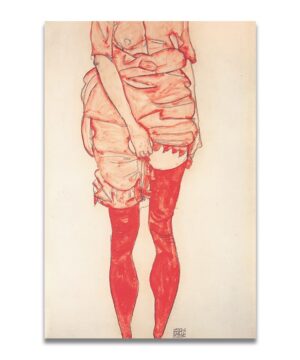
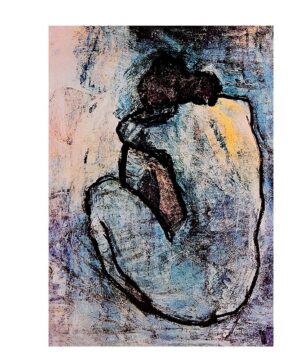
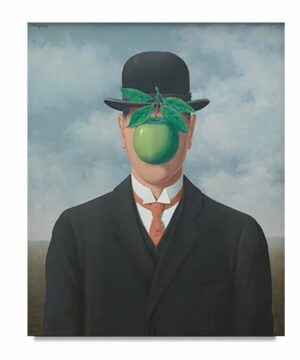
Reviews
There are no reviews yet.